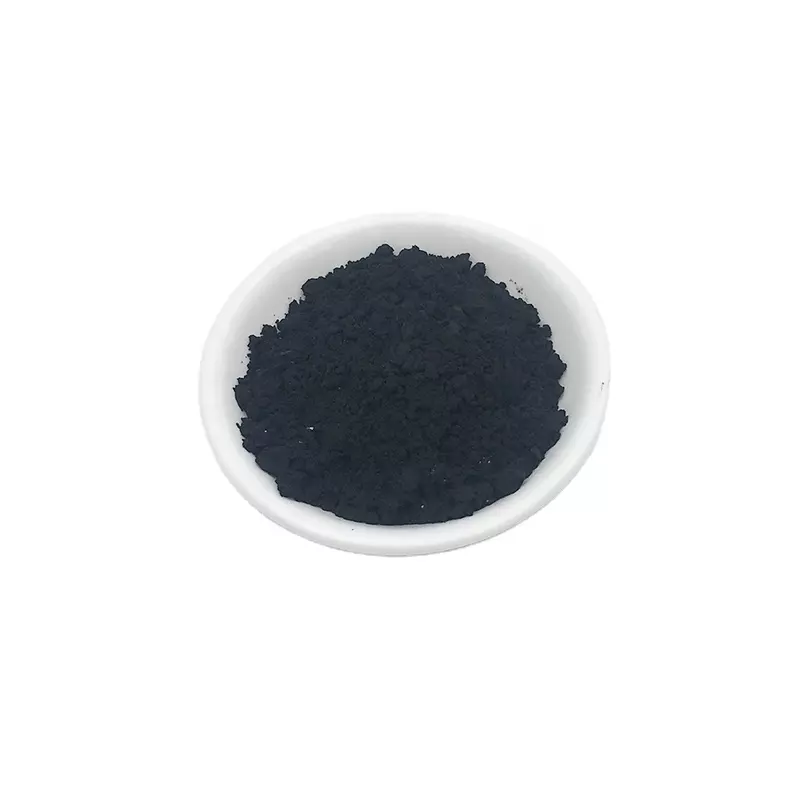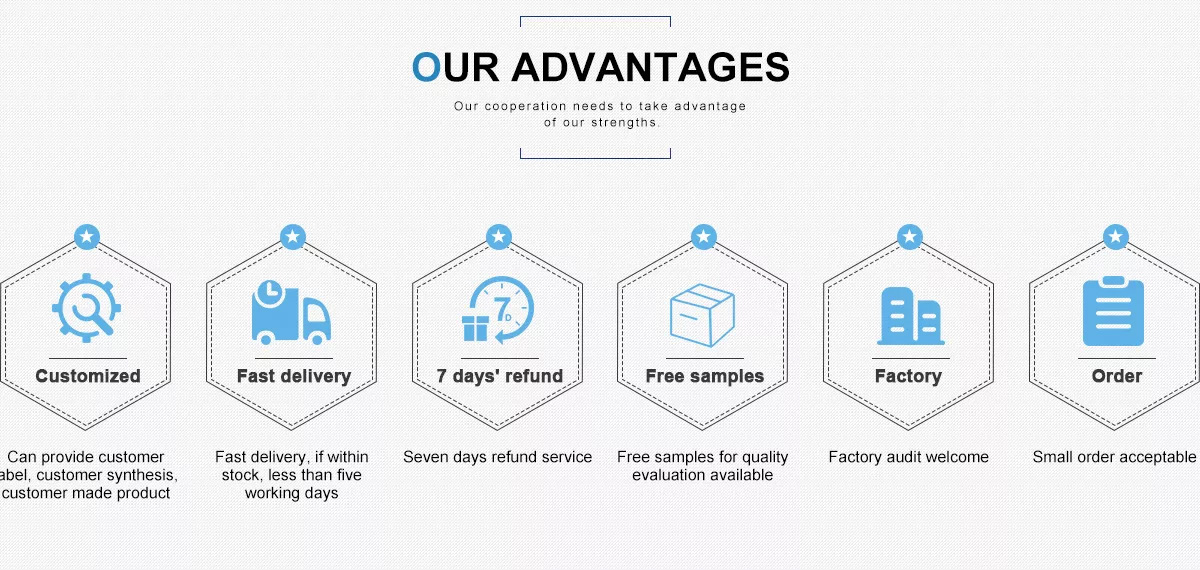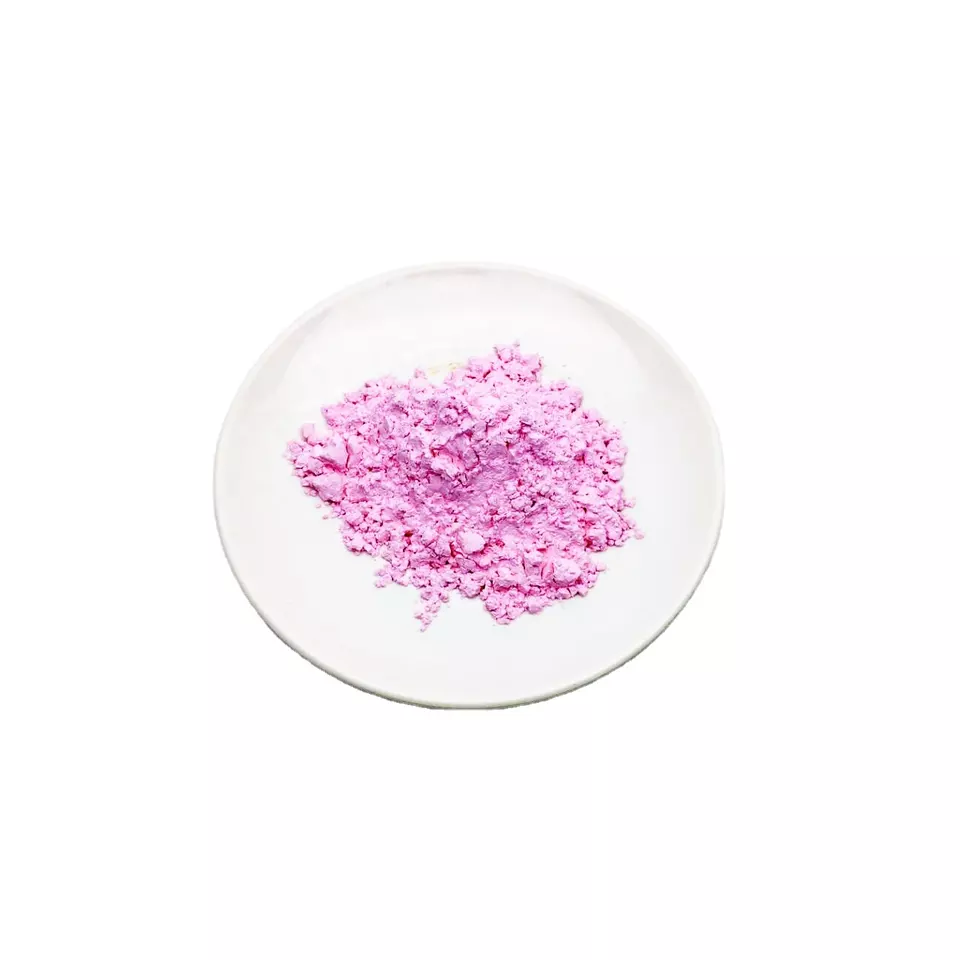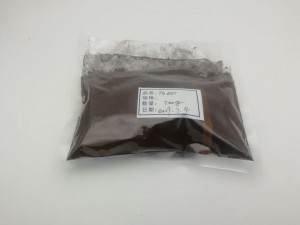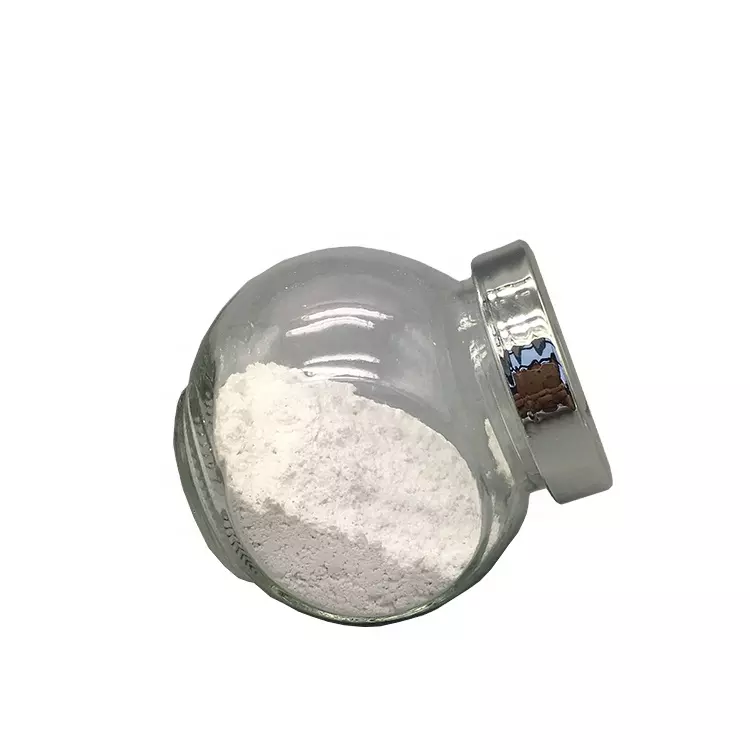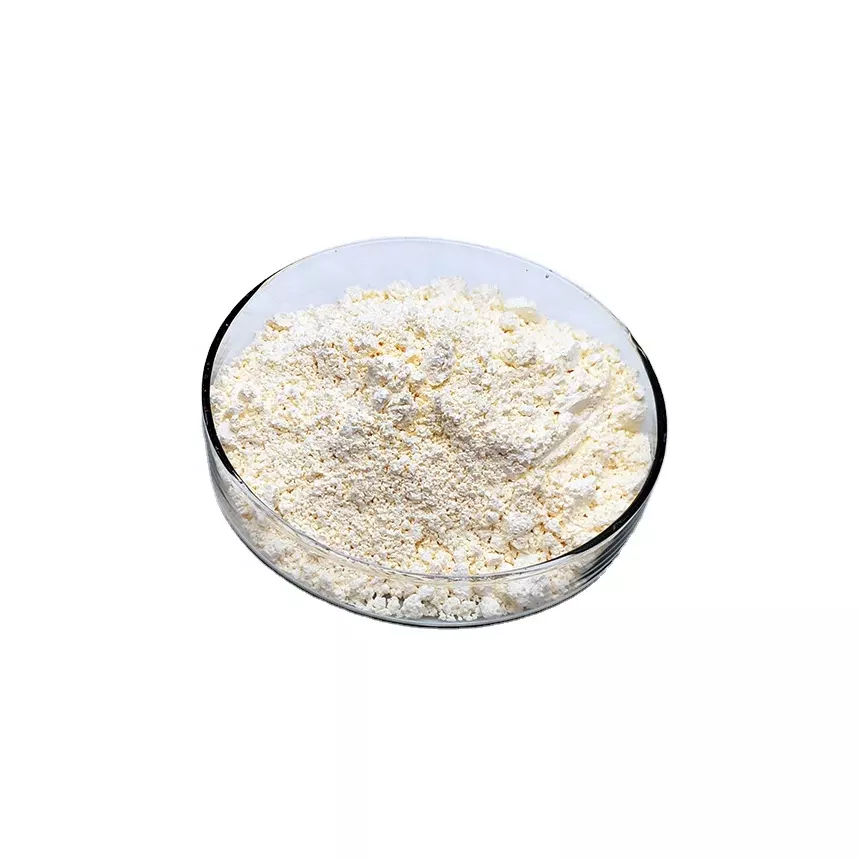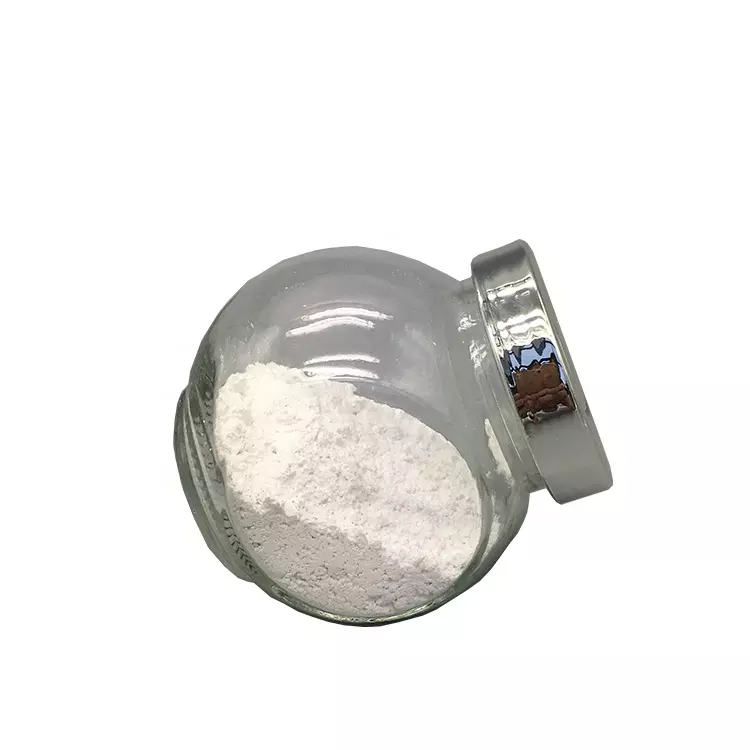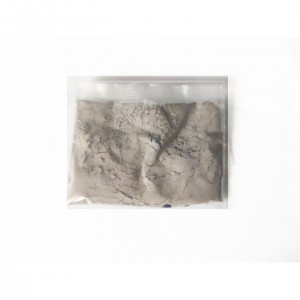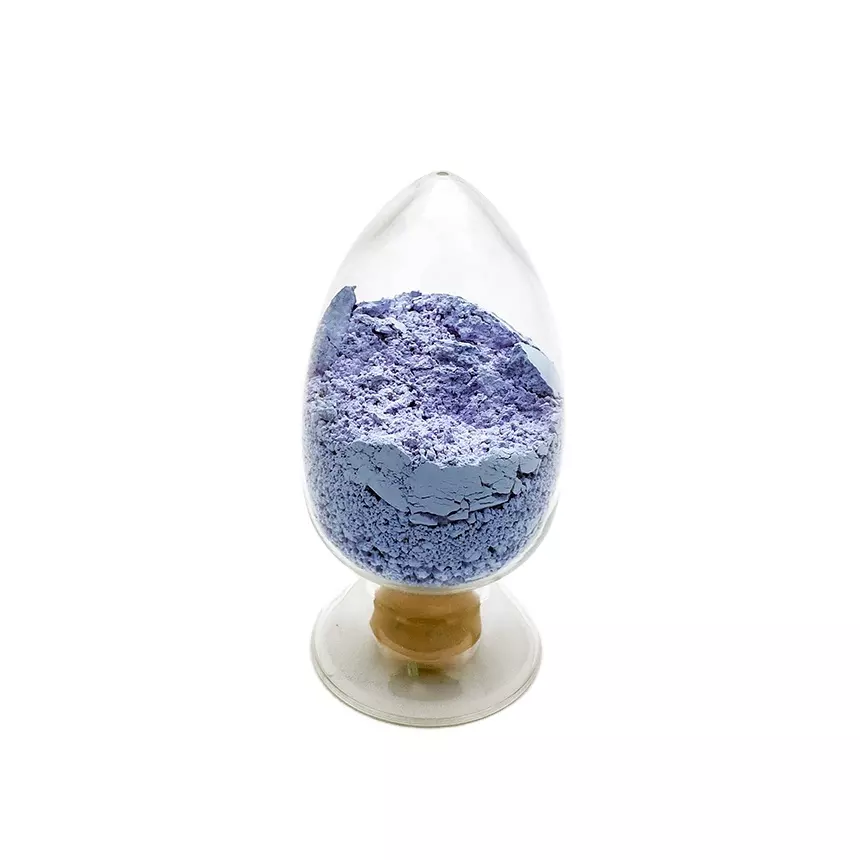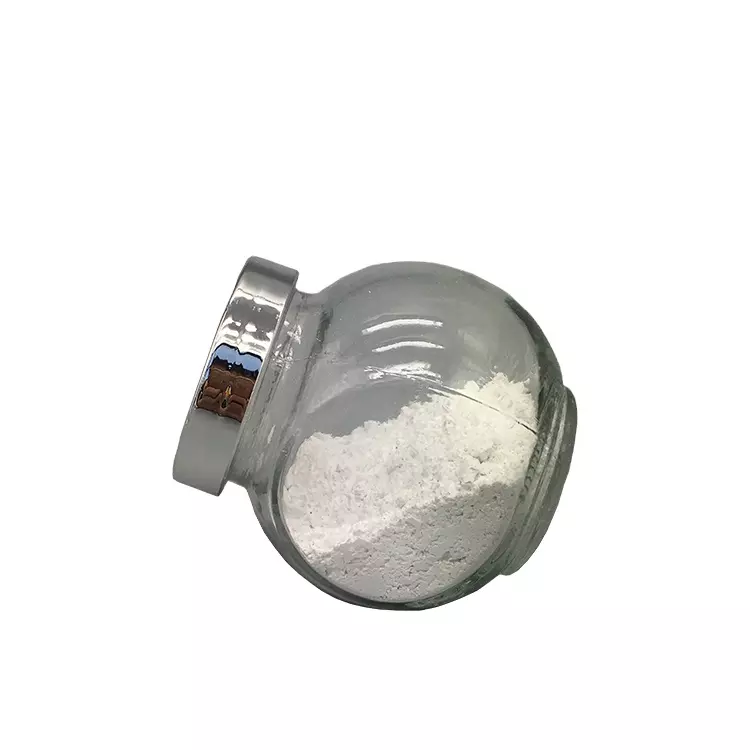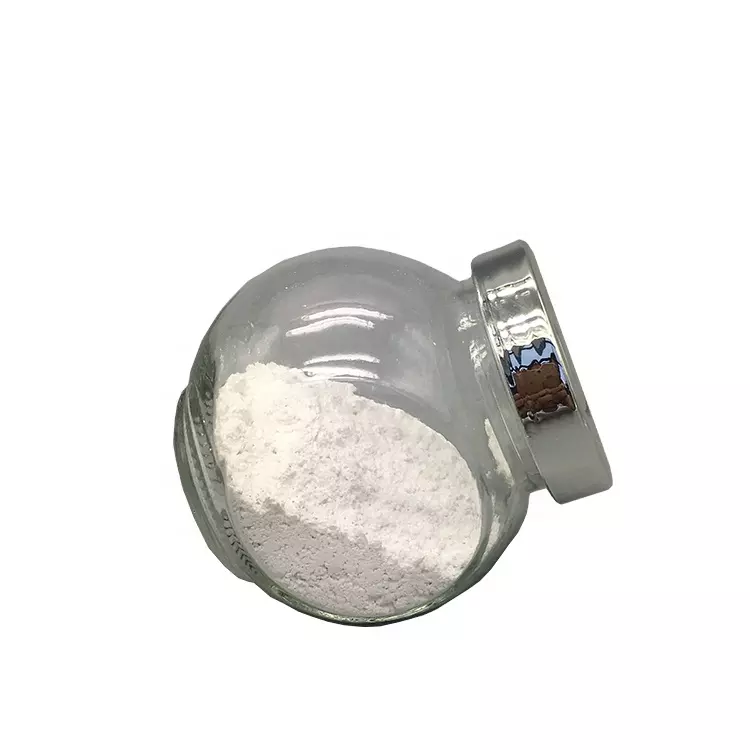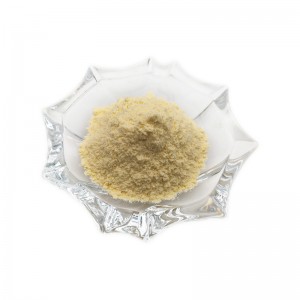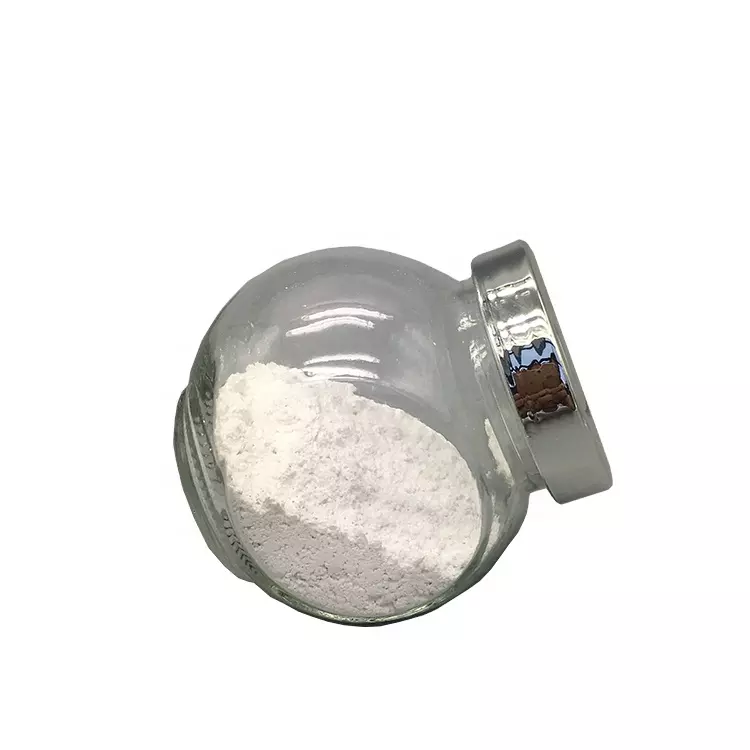| Product name | Praseodymium oxide |
| MF | Pr6O11 |
| CAS No | 12037-29-5 |
| Purity | 99.5%-99.95% |
| Molecular Weight | 1021.43 |
| Density | 6.5 g/cm3 |
| Melting point | 2183 °C |
| Appearance | Black or black brown powder |
| Solubility | Insoluble in water, moderately soluble in strong mineral acids |
| Stability | Slightly hygroscopic |
| Multilingual | PraseodymiumOxid, Oxyde De Praseodymium, Oxido Del Praseodymium |
| Other name | Praseodymium (III,IV) oxide; Praseodymium-III-oxide; Praseodymium(III,IV) oxide; Praseodymium oxide (Pr6O11); oxygen(-2) anion; praseodymium(+3) cation |
| Hs code | 2846901700 |
| Brand | Epoch |
Praseodymium Oxide, also called Praseodymia, used to colour glasses and enamels; when mixed with certain other materials, Praseodymium produces an intense clean yellow colour in glass. Component of didymium glass which is a colourant for welder's goggles, also as important additive of Praseodymium yellow pigments. Praseodymium Oxide in solid solution with ceria, or with ceria-zirconia, have been used as oxidation catalysts. It can be used to create high-power magnets notable for their strength and durability.
| Product name |
Praseodymium Oxide |
|
|
Cas
|
12037-29-5 |
|
|
Test Item
|
Standard
|
Results
|
|
Pr6O11/TREO (% min.)
|
99.9%
|
>99.9%
|
|
TREO (% min.)
|
99%
|
99.5%
|
|
RE Impurities (%/TREO)
|
||
|
La2O3
|
≤0.01%
|
0.003%
|
|
CeO2
|
≤0.03%
|
0.01%
|
|
Nd2O3
|
≤0.04%
|
0.015%
|
|
Sm2O3
|
≤0.01%
|
0.003%
|
|
Y2O3
|
≤0.005%
|
0.002%
|
|
Other Re Impurity
|
≤0.005%
|
<0.005%
|
|
Non—RE Impurities (%)
|
||
|
SO4
|
≤0.03%
|
0.01%
|
|
Fe2O3
|
≤0.005%
|
0.001%
|
|
SiO2
|
≤0.01%
|
0.003%
|
|
Cl—
|
≤0.03%
|
0.01%
|
|
CaO
|
≤0.03%
|
0.008%
|
|
Al2O3
|
≤0.01%
|
0.005%
|
|
Na2O
|
≤0.03%
|
0.006%
|
|
L.O.I
|
≤0.1%
|
0.36
|
|
Package
|
Comply with above standard
|
|
Praseodymium oxide (Pr6O11) has several applications, its main use is as a component in the production of yellow and orange pigments for ceramics and glass. Here are the main applications of praseodymium oxide:
1.Pigments:
Ceramics: Praseodymium oxide is widely used as a colorant in the ceramics industry to produce various shades of yellow and orange glazes and ceramic materials. It imparts these colors to the final products when added in appropriate quantities and fired at high temperatures. Praseodymium-containing pigments are used in the production of decorative ceramics, tiles, and pottery.
2.Glass: Praseodymium oxide is also used as a coloring agent in glass manufacturing. It can be added to glass compositions to achieve specific hues of yellow, orange, or reddish-brown in glass products, including stained glass, art glass, and glassware.
3.Catalysts:
Catalysis: Praseodymium oxide can be employed as a catalyst in various chemical reactions, such as the oxidative coupling of methane and the dehydrogenation of alkanes. Its catalytic properties make it valuable in certain industrial processes.
4.Cerium-Praseodymium Alloys:
Rare Earth Alloys: Praseodymium oxide, along with cerium oxide, is used in the production of cerium-praseodymium alloys, which have applications in the automotive industry. These alloys are added to some types of automotive fuels to improve fuel combustion and reduce emissions, contributing to cleaner and more efficient engines.
Praseodymium oxide also be used as important raw material of high quality praseodymium yellow pigment in ceramics. Also used to make rare earth permanent magnetic alloys.
In steel drum with inner double PVC bags containing 50Kg net each
We are manufacturer, our factory is located in Shandong, but we can also provide one stop purchasing service for you!
T/T(telex transfer), Western Union, MoneyGram, BTC(bitcoin), etc.
≤25kg: within three working days after payment received. >25kg: one week
Available, we can provide small free samples for quality evaluation purpose!
1kg per bag fpr samples, 25kg or 50kg per drum, or as you required.
Store the container tightly closed in a dry, cool and well-ventilated place.
-
High Purity 99.9% Erbium Oxide CAS No 12061-16-4
-
High Purity 99.99% Terbium Oxide CAS No 12037-01-3
-
High Purity 99.99% Ytterbium Oxide CAS No 1314-...
-
High Purity 99.99% Cerium Oxide CAS No 1306-38-3
-
High Purity 99.9%-99.999% Gadolinium Oxide CAS ...
-
Rare earth Praseodymium neodymium oxide
-
High Purity 99.9% Neodymium Oxide CAS No 1313-97-9
-
Lanthanum Oxide (la2o3) IHigh Purity 99.99% I C...
-
High Purity 99.9%-99.999% Scandium oxide CAS No...
-
Rare earth nano samarium oxide powder Sm2O3 nan...
-
High Purity 99.99% Dysprosium Oxide CAS No 1308...
